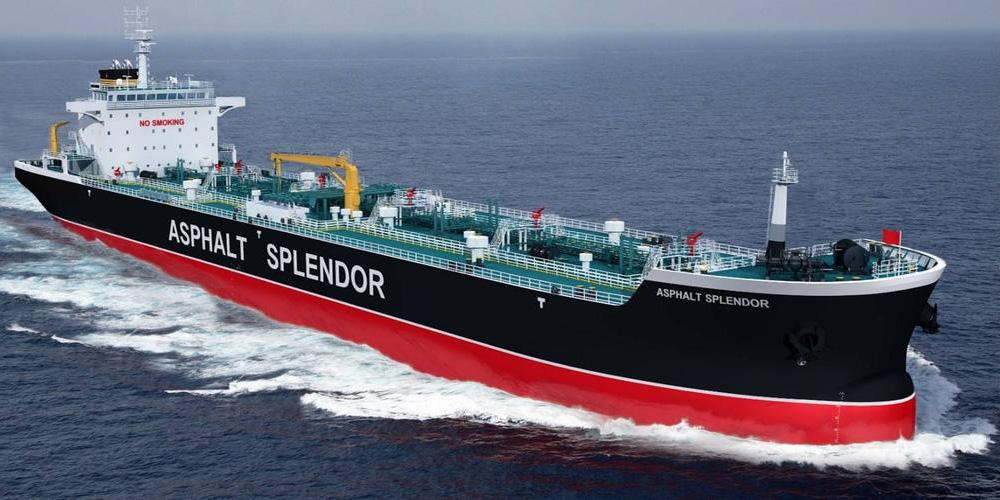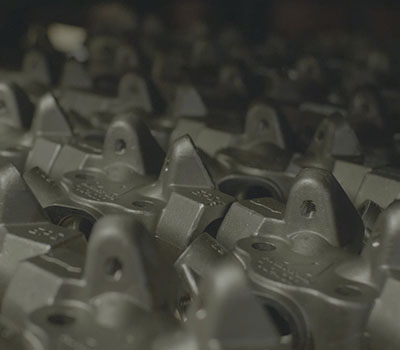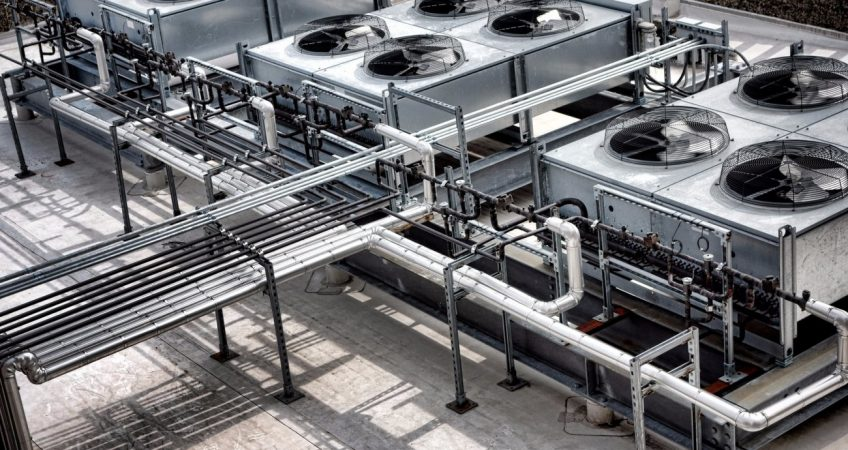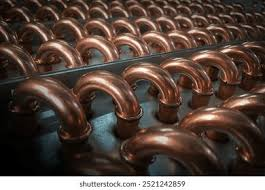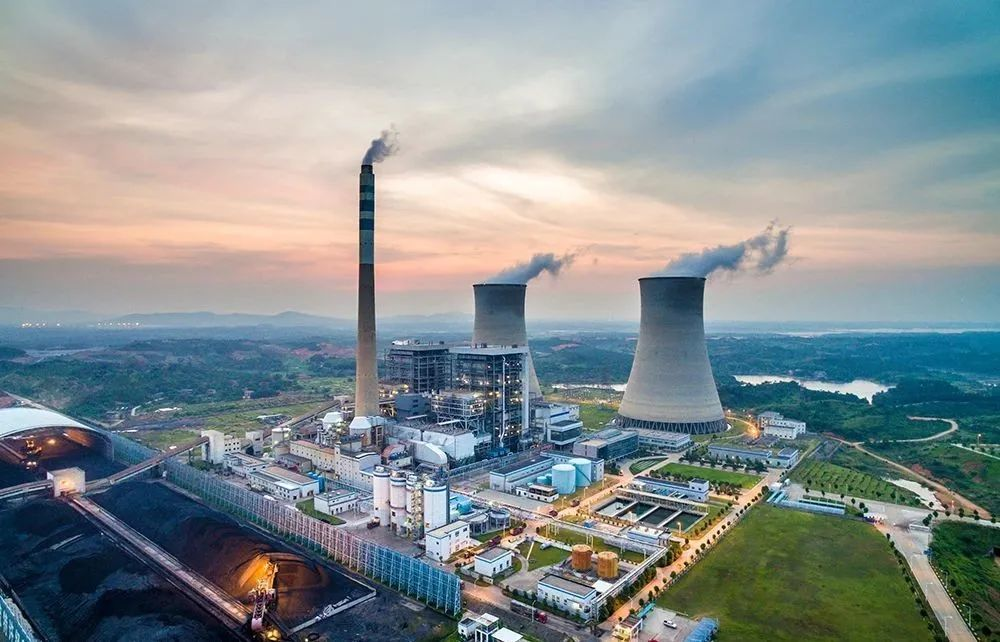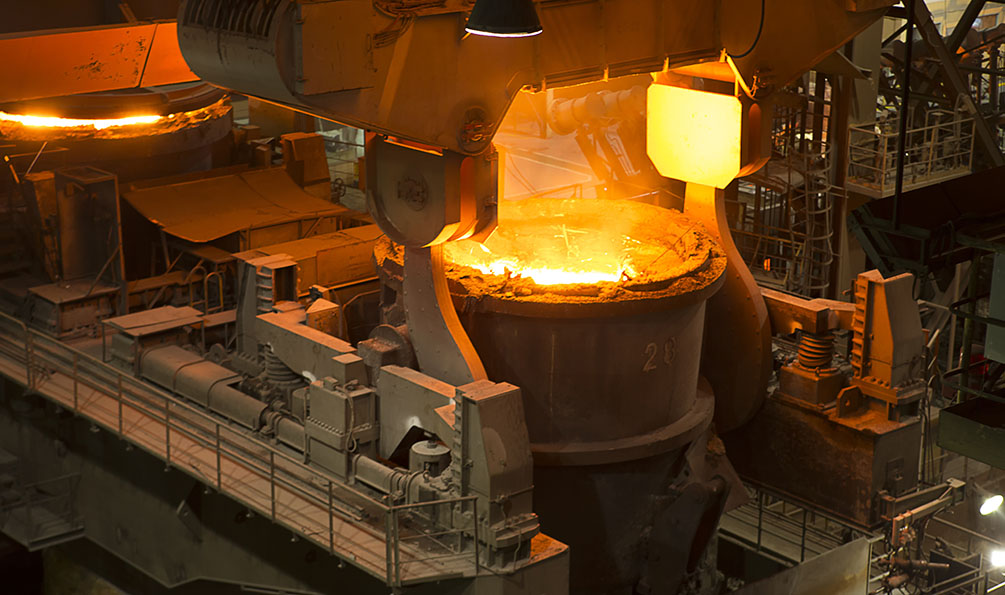Understanding Heat Exchanger Gaskets
Heat exchanger gaskets are vital components in maintaining the efficiency of plate-and-frame heat exchangers. These industrial heat exchanger gaskets are precision-engineered to ensure a leak-free system, which maximizes thermal efficiency. Selecting the appropriate gasket material is crucial, especially when the system encounters high temperatures, chemical exposures, and varying pressures. Among the popular choices are PTFE, Viton®, and elastomer gaskets, each tailored for specific environments and operational needs.
Choosing Chemical-Resistant Gaskets
For industrial settings that involve aggressive media such as acids, oils, and refrigerants, chemical-resistant gaskets provide enduring performance without compromise. Gasket materials for chemicals, such as Viton®, are designed to handle substantial extremes with ease. Their chemical and temperature resistance ensures durability and reliability, even in the harshest conditions. Understanding the unique requirements of your industry and application can guide the selection of the most effective gasket material.
Optimizing Industrial Performance with High-Performance Gaskets
Corrosion-resistant and high-performance gaskets play a pivotal role in several industries, including HVAC, food and beverage, chemical, marine, and power plants. The adaptability of these gaskets—whether clip-on or glued—ensures straightforward replacement, minimizing downtime and labor costs. Each gasket type, like PTFE heat exchanger gaskets or elastomer gaskets, offers specific benefits suitable for diverse applications. A thorough assessment of operational conditions, such as temperature and pressure, assists in identifying the ideal gasket solution that enhances system integrity and efficiency.
In conclusion, industrial heat exchanger gaskets are more than just sealing components; they are critical in maintaining system performance across various industries. By choosing the proper gasket type and material, companies can ensure their systems operate at peak efficiency, complying with industry standards, and offering long-term reliability.

